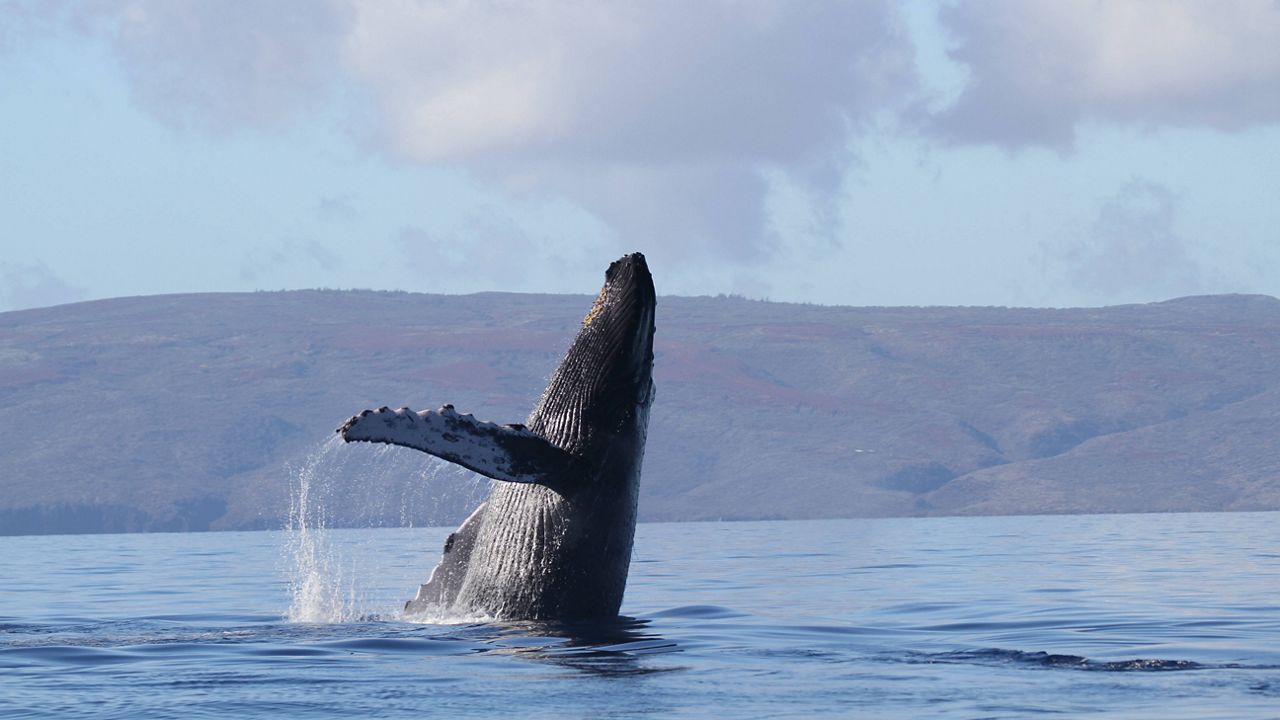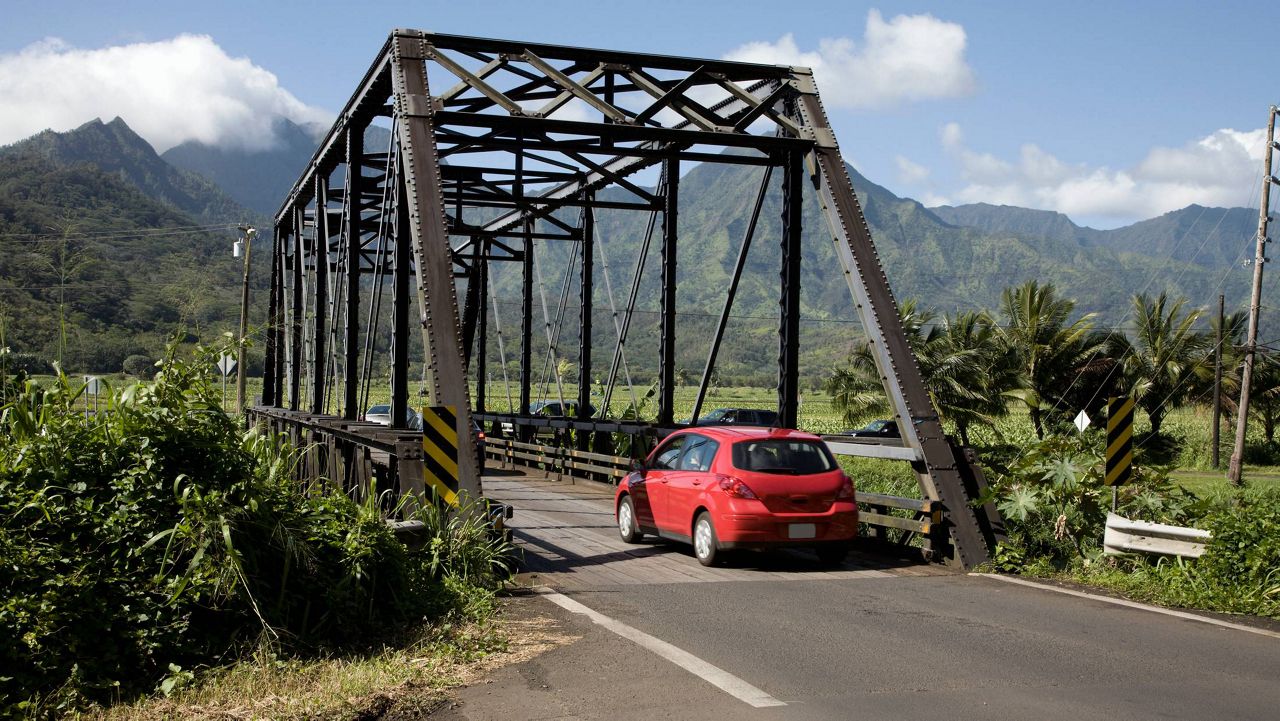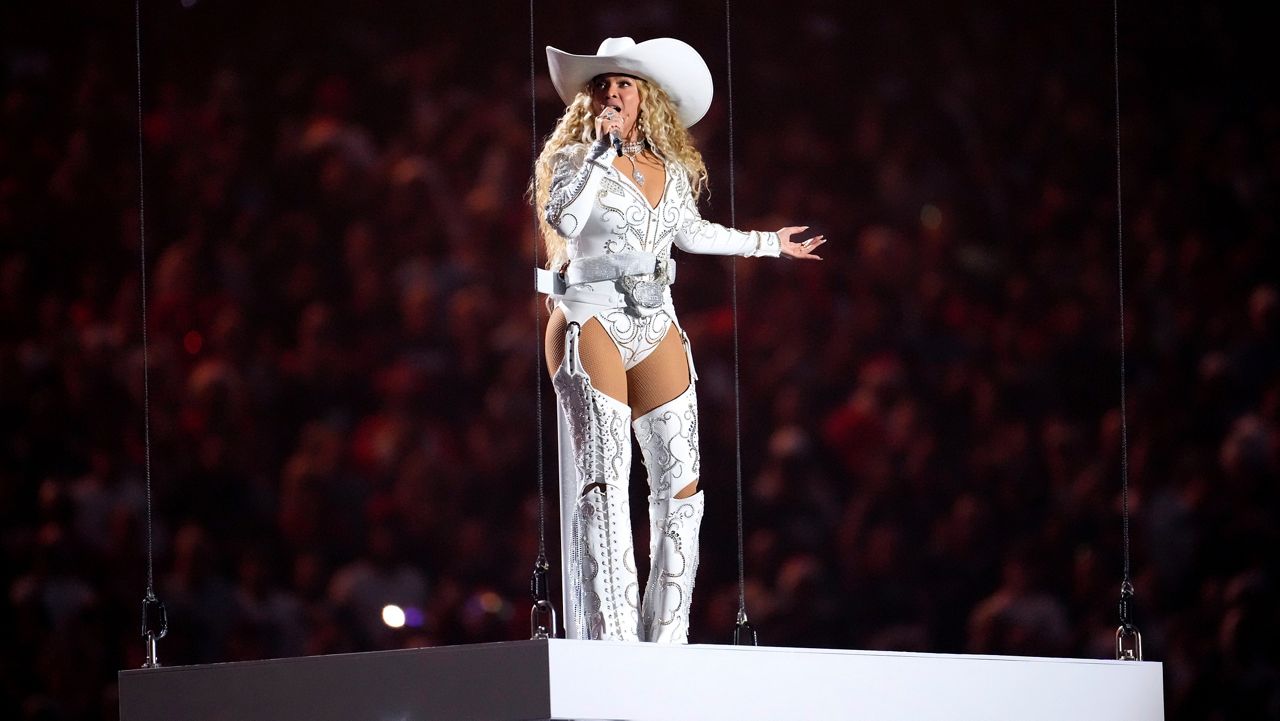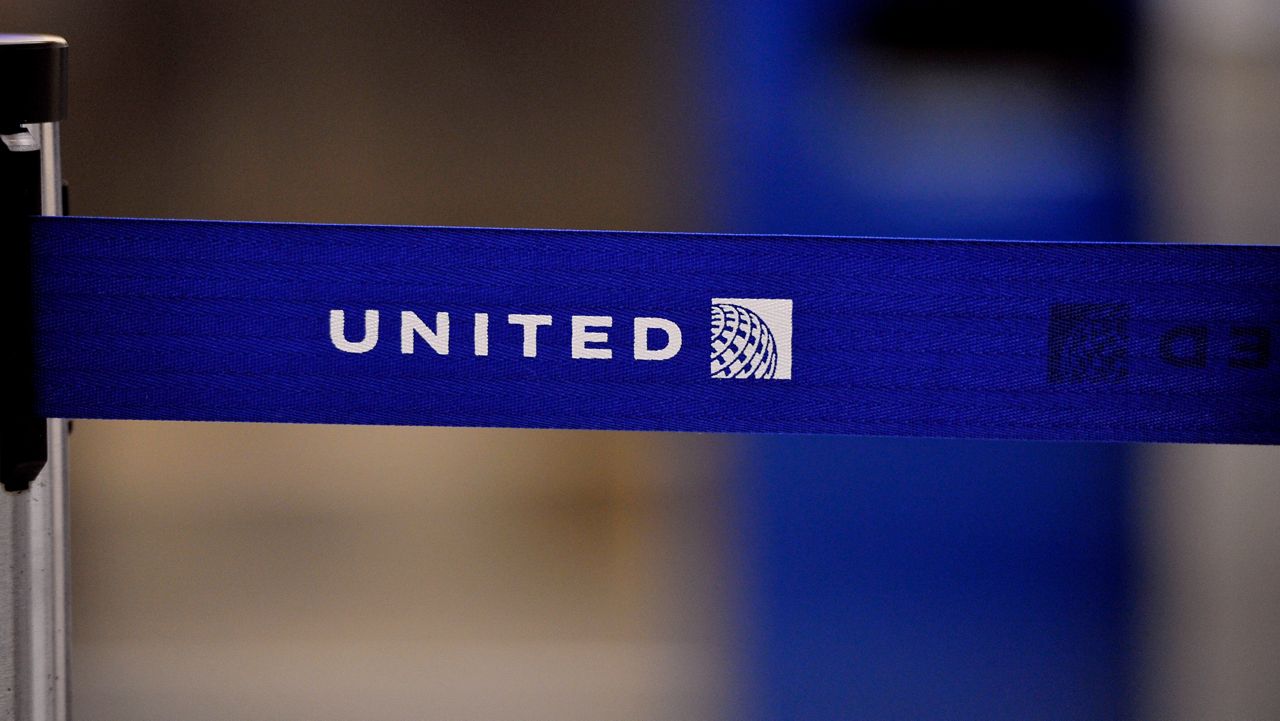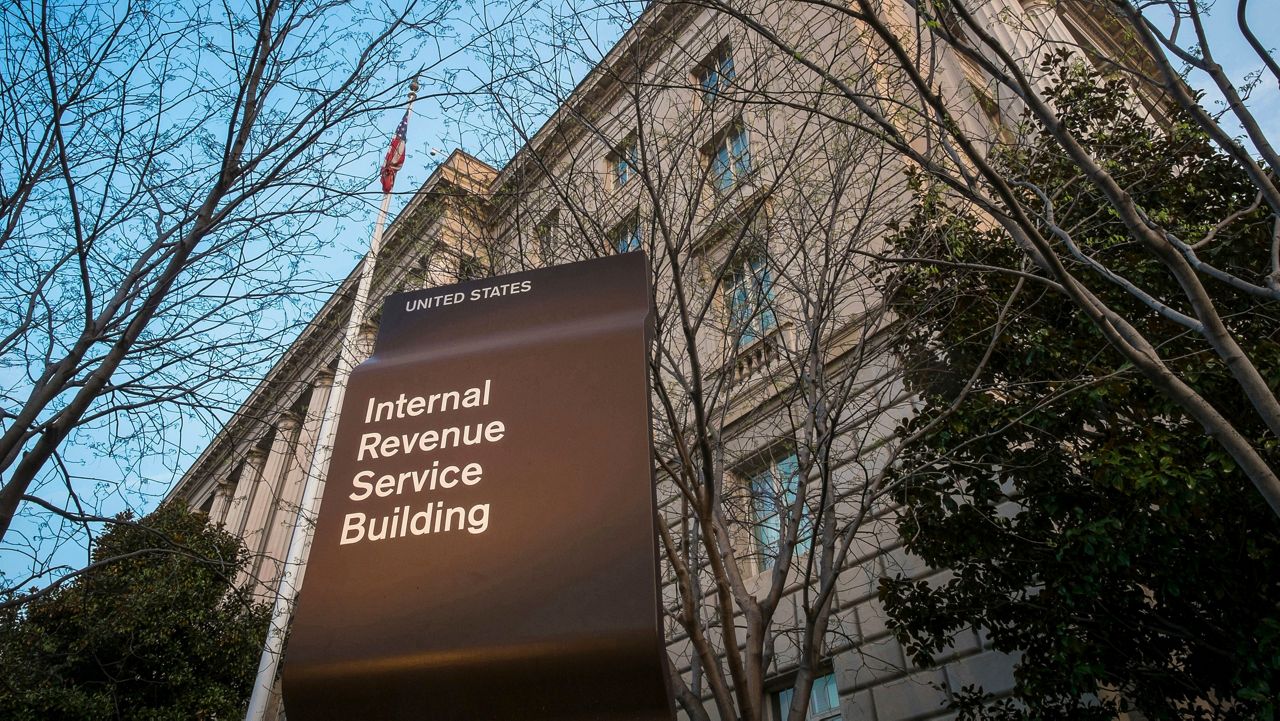Voluntary recommendations have recently been released urging whale-watching boat tours to travel at a speed of 15 knots or less, especially in water depths of 100 fathoms or less, in order to reduce striking the federally protected sea creatures.
Slower speeds have been shown to reduce boat collisions with whales and calves, which occur every year in the waters around Hawaii. They also minimize the risk of unintentional harassment.
The recommendations also outline that when a boat is within 400 yards of a whale, it should further reduce its speed to six knots.
Federal law already states it is illegal to approach humpback whales within 100 yards by any type of boat, drone, or while swimming.
The new guidelines specify that boat operators should have a lookout to help scan the waters ahead and to the side of vessels for whales and other marine life.
Whale season in Hawaii runs from November through April. Every year, as many as 10,000 humpback whales travel from Alaska, British Columbia and eastern Russia to gather around the Hawaiian Islands to breed, give birth and raise their young calves. Mothers and calves tend to gather between Maui, Molokai and Lanai where in the shallow, protected waters.
The Department of Land and Natural Resources said in a press release that there are an estimated 40 companies that conduct whale watching tours in Maui Nui.
The Pacific Whale Foundation, NOAA, and the state provided research that began in 2013 and prompted the new recommendations.
The research showed that whales would change direction when approached by boats going at higher speeds. The whales speed as well as respiration and dive rates also changed when boats did not slow to 15 knots or less when getting closer than 400 yards. Slowing further down to six knots reduced ambient noise, which also impacts whales.
“We’ve been saying for years now how important slower and more prudent speeds are. The available data suggests that transit speed, when around whales, should be 15 knots or less,” said Ed Lyman, of Hawaiian Islands Humpback Whale National Marine Sanctuary.
“Everyone wants to avoid a whale strike, so these recommended speeds will help mariners too,” Lyman added.

Working together, Pacific Whale Foundation, NOAA, the DLNR Division of Boating and Ocean Recreation, the DLNR Division of Aquatic Resources, tour operators like PacWhale Eco-Adventures, private boaters, fishers, and other community members came up with the new set of recommendations. It was decided to make the new recommendations voluntary because they are challenging to enforce, according to Jeannine Rossa, who is with the DLNR Division of Aquatics and spoke at a media conference on Feb. 14.
“What we’re going to see in the water with these voluntary regulations is an enhanced experience for our guests,” said Blake Moore, Chief Operating Officer for PacWhale Eco-Adventures, who was involved in Pacific Whale Foundation’s research, in a press release. “Whales are more likely to stick around for people to see them if the vessels they’re on are moving at slow speeds.”




